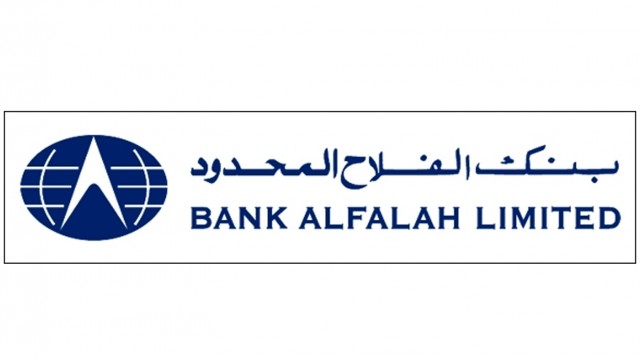
Bank Alfalah Limited has announced the issue of its fifth Term Finance Certificates (TFC) – a debt instrument used by companies to generate funds – on Thursday, which will allow the sixth-largest bank of the country to further expand its asset base by improving its capital adequacy ratio.
With a minimum investment limit of Rs5,000, the coupon rate of the TFC will float at the six-month Karachi Inter Bank Offer Rate (Kibor) plus 125 basis points per annum. A floating coupon rate means that investors will largely be able to ward off the consequences of a hike in the consumer price index – a measure of inflation – because Kibor is closely related to the discount rate that the central bank determines every two months in order to keep inflation in check. As of February 14, the six-month Kibor was 9.46%.
Speaking on the occasion, Bank Alfalah CEO Atif Bajwa said the bank has grown from three branches in 1997 to over 450 branches. “Such growth comes with expenditure. But once amortised, it starts paying for itself,” he said, while commenting on the bank’s need to issue debt.
Listed and traded on the Karachi Stock Exchange, the TFC will have a tenure of eight years and give out profits on a semi-annual basis. Investors can subscribe on February 19 and 20 for the TFC during banking hours. Although the Pakistan Credit Rating Agency Limited has rated the TFC AA-, the instrument is unsecured and subordinated to the payments of principal and profit to all other indebtedness of Bank Alfalah, including deposits. In other words, neither profit nor principal may be paid, even at maturity, if such payments will result in shortfall in bank’s minimum capital requirements.
Purpose and issue amount
Bank Alfalah has issued the TFC as Tier-II capital – supplementary capital that includes general provisions for loan losses, revaluation reserves etc. The total issue is of Rs5 billion, which comprises private placement – or pre-initial public offering (IPO) – of Rs3.75 billion and an IPO of Rs1.25 billion. As many as 45 institutional investors – including banks, mutual funds, insurance companies and pension funds – have already taken part in the pre-IPO phase of the TFC issue.
Two out of the four unsecured TFCs that Bank Alfalah issued in the past have been fully redeemed while the other two have yet to mature. The coupon rate of Bank Alfalah’s first TFC was pegged to Pakistan Investment Bond rates, while the fourth TFC paid out profits on a combination of fixed and floating coupon rate basis and remained unlisted.
The second and third TFCs of Bank Alfalah were listed and carried coupon rates of six-month Kibor plus 1.5%, unlike the fifth one, whose coupon rate is six-month Kibor plus 1.25%.
The public issue of TFCs amounting to Rs1.25 billion has been underwritten by United Bank (Rs750 million), Bank Al Habib (Rs300 million) and Faysal Bank (Rs200 million). If TFCs offered to the general public are not subscribed in full by the closing date, the underwriters will be called upon by Bank Alfalah to do so, according to Bank Alfalah’s agreement with underwriters.
Bank Alfalah has appointed Arif Habib Limited as market-maker, which will ensure liquidity by offering bid and ask quotes on a daily basis at a spread of 0.5%. Speaking on the occasion, Arif Habib Corporation Chairman Arif Habib said an improved regulatory framework now ensures that TFC remains active in the secondary market by holding the market-maker accountable on a daily basis. “Retail investors will always see bid and ask prices on their screens,” Habib said.
Published in The Express Tribune, February 15th, 2013.
Like Business on Facebook to stay informed and join in the conversation.





1719053250-0/BeFunky-collage-(5)1719053250-0-270x192.webp)











COMMENTS
Comments are moderated and generally will be posted if they are on-topic and not abusive.
For more information, please see our Comments FAQ